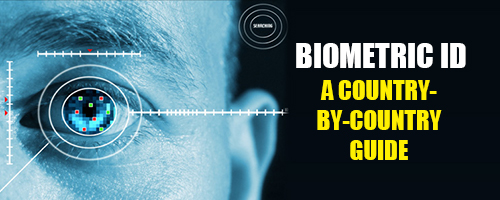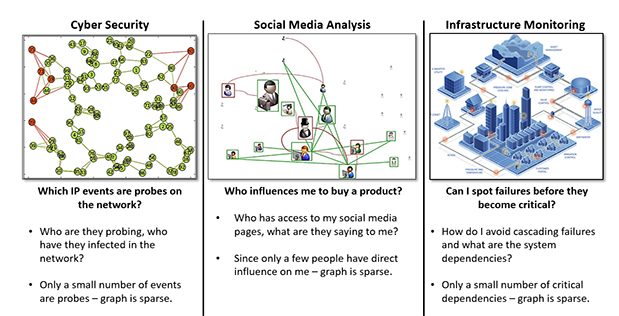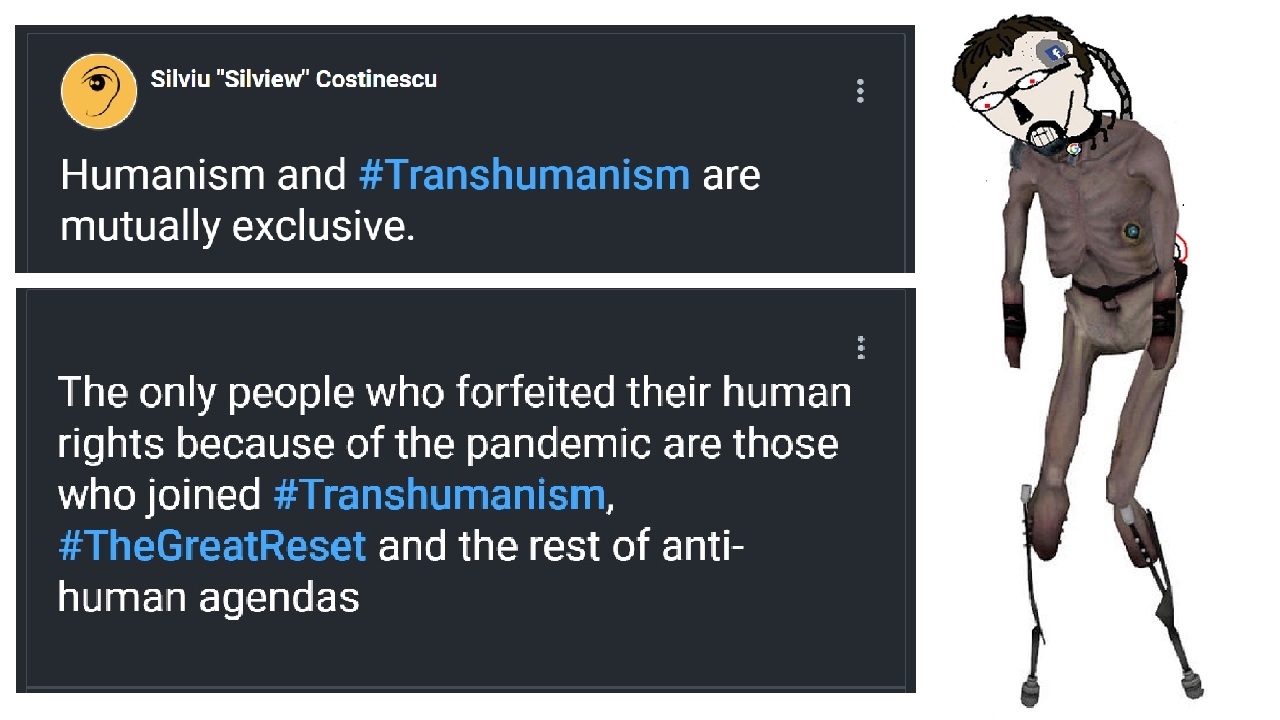Everything you didn’t like about Pentagon’s DARPA, CIA’s In-Q-Tel, and more, but with funds stolen from Queen’s subjects and European peasantry.
The business of high-tech slavery is the future and the future is now! Advanced by slave work of course.
UK to host world-leading Nato Defence Innovation Headquarters
From: UK Ministry of Defence, Published 5 April 2022
The UK will partner with Estonia on the Defence Innovation Accelerator for the North Atlantic (DIANA) programme to maintain NATO’s technological edge.
The United Kingdom, in partnership with Estonia, will host the European HQ of a programme for NATO allies to accelerate, test, evaluate and validate new technologies that address critical defence challenges and contribute to Alliance deterrence.
Announced today by the NATO Secretary General, Jens Stoltenberg, the Defence Innovation Accelerator for the North Atlantic (DIANA) will see transatlantic cooperation on critical technologies and help NATO work more closely with industry and academia.
The UK’s accelerator will be twinned with a new accelerator in Tallinn, Estonia to encourage the sharing of expertise, explore the use of virtual sites to trial vehicles, including autonomous ones, and test cyber innovations.
As hosts, the UK and Estonia will:
- Support start-up companies with funding, guidance and business expertise through twinned accelerator networks.
- Offer the use of ‘deep tech’ test centres to assess technological solutions to military problems, utilising the Defence BattleLab.
- Work with NATO to develop a virtual marketplace to connect start-ups with trusted investors, as well as a rapid acquisition service to connect products to buyers at pace.
UK Defence Secretary, Ben Wallace said:
The UK and Estonia are two of the most innovative countries in NATO and our hosting of DIANA will harness that innovation for the benefit of all Allies tackling future military threats.
The UK has a vibrant tech community, combining the academia, financiers, and high-tech start-ups that make it an ideal place to develop the next generation of military technologies.
Estonia was the natural partner for the UK given its international leadership in cyber, autonomy and AI, and our close partnership forged through the Enhanced Forward Presence.
Ranked in the world’s top ten innovative universities, Imperial College London will bring together academia, industry and government by hosting the headquarters of DIANA and a DIANA Accelerator at the Innovation Hub (IHUB) in the White City Innovation District, in a space shared with the UK’s Defence and Security Accelerator (DASA), Major Defence Contractors and The US Department of Defence’s Tri-Service Office.
Supported by DASA, the UK and Estonia DIANA HQ is expected to be operational from July 2022. DIANA is essential to delivering the NATO 2030 vision and ensuring that the Alliance develops the military capabilities needed to deter and defend against existing and future threats.
Estonian Defence Minister, Kalle Laanet.
The goal of DIANA is to support deep technologies companies that contribute to defence. It will bring together talented innovators with new technologies end-users in the area of defence. We are very glad to see that the good cooperation we have with the UK will expand even further and also encompass our universities and private sector more,
Cooperation between the UK and Estonia is working well on every level because we have a common understanding of defence policy. Good relations with Allies is a cornerstone of Estonian defence policy, and a successful start to this programme for us is a sign that this cornerstone is strong.
Co- Director, Institute for Security Science and Technology, Imperial College London, Professor Deeph Chana, said:
As one of the top STEM-B universities in the world, in one of the most diverse cities, Imperial College London is uniquely placed to power a progressive, responsible and holistic dual-use security and defence technology innovation program by hosting DIANA. Coordinated through our Institute for Security Science and Technology and Business School we’re committed to working on disruptive research and innovation to reduce insecurity and to deal with global threats and challenges.
DIANA will support all seven of the key emerging and disruptive technologies that NATO has identified as priorities: artificial intelligence, big-data processing, quantum-enabled technologies, autonomy, biotechnology, hypersonics and space.
What the Estonian Ministry of Defense has to say on this:
Estonia chosen as one of the initiators of the NATO DIANA future technologies programme
5. April 2022 – 19:13
At the NATO summit last June in Brussels, NATO leaders decided to create an innovation accelerator – the DIANA (Defence Innovation Accelerator for the North Atlantic) programme will allow Allies to join their strengths in developing and adopting new and breakthrough technologies in the area of security and defence.
In cooperation between the Estonian ministries of defence, foreign affairs, and economic affairs and communication, Estonia and the United Kingdom submitted a bid for the programme, which was approved in full at the proposal of the NATO Secretary General. Together with the UK, Estonia is set to create the DIANA European headquarters, a NATO start-up accelerator will be founded in Estonia, and several existing testing sites for new technologies will be added to the DIANA accelerator network.
“The goal of DIANA is to support deep technologies companies that contribute to defence. It will bring together talented innovators with new technologies end-users in the area of defence. We are very glad to see that the good cooperation we have with the UK will expand even further and also encompass our universities and private sector more,” commented Minister of Defence Kalle Laanet. “Cooperation between the UK and Estonia is working well on every level because we have a common understanding of defence policy. Good relations with Allies is a cornerstone of Estonian defence policy, and a successful start to this programme for us is a sign that this cornerstone is strong.”
“Estonia and the UK are two of the most innovative nations in the Alliance, hosting respectively the most unicorn firms per capita, and the most unicorns in total. With Estonia’s impressive leadership in cyber, autonomy and AI, and the close partnership forged through our enhanced Forward Presence (eFP), they were a natural partner for the UK on this important initiative,” said UK Defence Secretary Ben Wallace.
“Trust in this Estonian initiative is a sign of our good reputation in creating favourable ecosystems for start-up innovation and developing new technologies. The fact that DIANA will be launched both in Estonia and the UK is an example of cooperation at work – both domestically between ministries, universities and the private sector, as well as across borders,” added Minister of Foreign Affairs Eva-Maria Liimets.
DIANA is a highly ambitious cooperation format that will bring together civil and military experts to develop and implement dual-use technologies in member states as well as across the transatlantic Alliance.
In addition, Estonia will participate at the negotiations for the founding of a NATO innovation fund. The objective of the fund is to support dual-use deep technology start-ups with investments, by offering trusted capital and creating additional opportunities for growth. States that have decided to join the fund will formalise the agreement at the NATO summit set to take place at the end of June.
Going forward, Estonia will continue preparations for the launch of the DIANA programme in 2023.
Additional information: press@mod.gov.ee
“Dual use” as in vaccines / bioweapons, I shall add.
Here’s a clue on how much DIANA’s future victims will be paying for it. This will be just launch money:
Defence sector innovation: NATO to invest €1B in startups
THE RECURSIVE, 24 JUNE 2021 3 MINS READ

NATO, the intergovernmental defence alliance between 30 European and North American countries, launches a €1B fund and an accelerator targeting deeptech startups in the defence sector. The goal is to leverage the innovation capabilities of startups to develop the next generation of war machines. Part of NATO 2030, the move follows a period of concern for Alliance leaders regarding China’s increased reliance on tech for its military strategy.
At the end of two virtual meetings in early June, Foreign and Defence ministers agreed on the need to reinforce the transatlantic defence partnership between Europe and North America amid intensifying global competition. “We need to sharpen our technological edge (…) We see that new and disruptive technologies, such as autonomous systems, artificial intelligence, and big data are really changing the way our militaries are going to operate in the future,” NATO Secretary-General Jens Stoltenberg said.
The Defence Innovation Accelerator for the North Atlantic (DIANA) is to become the center point for countries in the alliance to coordinate and cooperate on developing new technologies. DIANA will add offices and test centers throughout Alliance countries.
“The goal is to have DIANA reach initial operating capability (IOC) by 2023,” David van Weel, assistant secretary-general for emerging security challenges, added in a virtual roundtable with reporters, following the 31st annual summit on June 14 in Brussels.
Planning to stay ahead of the curve is particularly important, as China has been investing heavily in new technologies to strengthen its military power and fuel its ambition to become a leader in the use of AI. The defence accelerator is also a recognition from European and North American leaders of the prevalence of disruptive technologies – and a decision to harness their unique potential to strengthen common defence strategies.
How startups benefit from NATO’s initiative
For startups, this will be an opportunity to work together with the government sector and academia towards accelerating the achievement of national security and transatlantic collaboration goals. “Sometimes a technology company may not realize that their product could be viable for the defence community,” David van Weel said. Startups will also benefit from entering a network of stakeholders that can help them develop and get funded.
DIANA will be supporting startups working on either of the seven key emerging and disruptive technologies (EDTs) that NATO deems critical for the future: AI, big-data processing, quantum-enabled tech, autonomy, biotechnology, hypersonics, and space.
The accelerator includes a trusted capital marketplace that will enable funding opportunities for companies by connecting them to pre-qualified investors. Additionally, startups will receive support through a venture capital fund. The NATO Innovation Fund has been set up to support companies developing dual-use and key tech that could serve the Alliance. The fund will be an opt-in for member countries and would be underwritten by about €70M per year. Van Weel added that NATO would be looking for a partner from the private sector to help run the daily business operations of the fund.
DIANA is unique to NATO’s innovation efforts in that it has been built with the needs of the startup community in mind. It specifically targets early-stage startups rather than larger companies and traditional defence firms, in order to harness their unique ability for innovation.
IF YOU’RE NAIVE ENOUGH TO THINK THIS IS ABOUT DEFENSE, AND NOT THE INSANE DAVOS TRANSHUMANIST AGENDA…
… I will bring to your attention the fact that NATO has already adopted its own “Agenda 2030”, titled “NATO 2030”, and both of these are just “The Great Reset for Different Niches of Dummies” in their specific lingo. That’s all they are.
Proportionally, “NATO 2030” talks about climate change about as much as “The Great Reset”.
Also note how NATO presents itself more and more as a business accelerator.
Transhumanist businesses with a multinational army funded by half a billion unsuspecting dupes and NPCs in NATO countries and beyond. What could go wrong, right?
NATO hopes to launch new defense tech accelerator by 2023
DEFENSE NEWS, Jun 22, 2021
:quality(70)/cloudfront-us-east-1.images.arcpublishing.com/mco/2MPMV2TR7BCLTG2AFQ6OBYTEXU.jpg)
STUTTGART, Germany — In less than two years, NATO hopes to have its own, modified version of the U.S. Defense Advanced Research Projects Agency (DARPA) up and running.
Alliance members agreed at the 31st annual summit, held June 14 in Brussels, to launch a new initiative dubbed the Defence Innovation Accelerator of the North Atlantic, or DIANA, meant to speed up trans-Atlantic cooperation on critical technologies, and help NATO work more closely with private-sector entities, academia and other non-governmental entities.
The goal is to have DIANA reach initial operating capability (IOC) by 2023, David van Weel, assistant secretary-general for emerging security challenges, said at a Tuesday virtual roundtable with reporters. By next year, the hope is to have “the initial parts … starting to come up into fruition,” he added.
In the long term, DIANA will have headquarters both in North America and in Europe, and link to existing test centers throughout NATO member countries that will be used for “validating, testing, and co-designing applications in the field of emerging and disruptive technologies,” van Weel said. DIANA will also be responsible for building and managing a network meant to help relevant startups grow and support NATO’s technology needs via grant programs.
The focus will be on national security and defense purposes, and DIANA will not ask for or solicit companies’ intellectual property, van Weel noted.
While he singled out artificial intelligence, big-data processing, and quantum-enabled technologies, DIANA is meant to support all seven of the key emerging and disruptive technologies — or EDTs — that NATO has identified as critical for the future. The other four include: autonomy, biotechnology, hypersonics and space.
Sometimes a technology company may not realize that their product could be viable for the defense community, he added.
One key component of DIANA will be a trusted capital marketplace, where smaller companies can connect with pre-qualified investors who are interested in supporting NATO’s technology efforts. Ensuring that investors are vetted ahead of time will allow NATO to ensure “that the technology will be protected from illicit transfers,” van Weel said.
The fund is modeled after a The U.S. Defense Department set up its own trusted capital marketplace in 2019 as a tool that then-DoD acquisition czar Ellen Lord said could help encourage domestically based venture capitalists to fund national security and defense projects. That marketplace served as inspiration for the announced NATO trusted capital marketplace, per the alliance.
Members also agreed for the first time to build up a venture capital fund to support companies developing dual-use and key technologies that could be useful to NATO, and which will be optional for member-nations to participate in. The NATO Innovation Fund, as it’s called, would have a running time of about 15 years to start, and would be underwritten by about 70 million euro (about $83 million) per year, per van Weel.
The goal is not for NATO headquarters or for its member-nations to run the innovation fund, he noted. “The actual running of a venture capital fund, we believe, should be done by companies that have a broad range of experience in the field.” He cited the U.S.-based capital venture firm In-Q-Tel as an example of the type of partner NATO would seek to run the “day-to-day” business of the fund.
“I read somewhere that NATO is not a bank—we’re not,” van Weel said. “But it will be the nations providing the funds, and giving the general direction.”
These two initiatives of a technology accelerator and innovation fund are “hopefully going to … bring the alliance forward into the 21st century,” van Weel said.
NATO has previously invested in information technology (IT) and software through the NATO Communications and Information Agency (NCIA), but the difference with the innovation fund, and DIANA, is that the alliance wants to better connect with early-stage startups, rather than larger software companies or traditional defense firms, van Weel said.
“DIANA is not about taking over innovation for the NATO enterprise,” he said. “It’s a different community, and requires different funding mechanisms and different types of engagement.”
These two initiatives have been long awaited and demanded by NATO observers, and versions of both a “DARPA-like” technology accelerator and an alliance-wide investment bank were included in a 2020 list of recommendations by NATO’s advisory group on emerging and disruptive technologies.
But it is still early days. While the IOC goal is 2023, “step one is we want to know from allies what they want to offer to DIANA,” van Weel said. Once the NATO Innovation Fund has its participating members, for example, a charter will be set up that will lay out the funding models, rapid contracting processes, and leadership guidelines.
“We are trying to do this as fast as we can,” van Weel assured, but then noted, “we do want to get it right, because … with the startup community, you only get one chance.”
If you want to deepen your understanding of the situation and the context here, also read:
EVERYTHING WE PUBLISHED ON DARPA

To be continued?
Our work and existence, as media and people, is funded solely by our most generous supporters. But we’re not really covering our costs so far, and we’re in dire needs to upgrade our equipment, especially for video production.
Help SILVIEW.media survive and grow, please donate here, anything helps. Thank you!
! Articles can always be subject of later editing as a way of perfecting them




























































